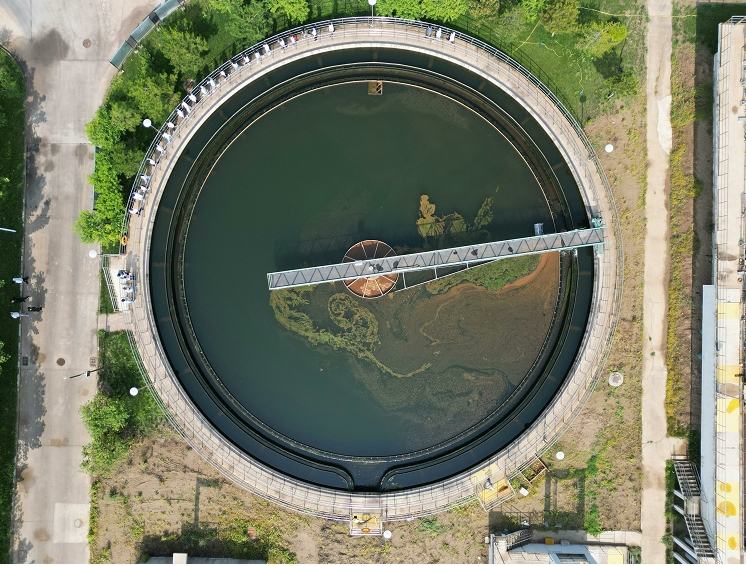Nickel contamination in industrial wastewater is a major environmental concern due to its toxicity and persistence. Industries such as electroplating, battery manufacturing, and metal processing face strict regulations requiring effective nickel elimination in wastewater. To meet these standards, selecting the right Nickel remover and Nickel removal agent is crucial.
Here explores the best Nickel removal techniques for wastewater, with a special focus on the advantages of modern Nickel removers and how they outperform traditional methods.
Why Is Nickel Removal a Challenge?
Nickel-laden wastewater presents several difficulties:
- Toxicity & Non-Biodegradability – Nickel accumulates in ecosystems, harming aquatic life and human health.
- Strict Discharge Limits – Regulatory bodies often mandate nickel levels below 0.1 mg/L, requiring advanced treatment.
- Competing Contaminants – Other metals (e.g., copper, zinc) can interfere with removal efficiency.
- High Treatment Costs – Traditional methods like chemical precipitation generate sludge, increasing disposal expenses.
To overcome these challenges, industries are turning to advanced nickel removers—specialized agents designed for high efficiency and cost-effectiveness.
What Is a Nickel Remover?
A Nickel remover is a chemical or material specifically engineered to selectively extract nickel ions (Ni²⁺) from wastewater. Unlike conventional methods, modern nickel removers offer:
✔ Higher selectivity – Targets nickel even in complex wastewater.
✔ Lower sludge production – Reduces disposal costs.
✔ Regeneration capability – Some agents can be reused, cutting long-term expenses.
✔ Wider pH adaptability – Works effectively across varying pH levels.

Types of Nickel Removers
1. Chelating Resins – Bind nickel ions selectively, ideal for low-concentration effluents.
2. Nanoparticle Adsorbents – High surface area for rapid nickel capture (e.g., iron oxide nanoparticles).
3. Biopolymers – Eco-friendly options like chitosan or alginate-based removers.
4. Specialized Precipitation Agents – Advanced coagulants that minimize sludge.
Advantages of Using a Nickel Remover Over Traditional Methods
✅ 1. Higher Removal Efficiency (Even at Low Concentrations)
- Traditional chemical precipitation struggles with nickel levels below 5 mg/L.
- A Nickel remover (e.g., chelating resin) can achieve >99% removal, even at <1 mg/L.
✅ 2. Minimal Sludge Generation
- Conventional hydroxide precipitation produces large volumes of hazardous sludge.
- Advanced Nickel removal agents (e.g., ion exchange resins) generate little to no sludge, reducing disposal costs.
✅ 3. Selective Nickel Removal (Avoids Competing Ions)
- In wastewater with mixed metals (Cu²⁺, Zn²⁺), standard methods remove all metals indiscriminately.
- Nickel-specific removers (e.g., thiourea-based resins) extract only Nickel, preserving other recoverable metals.
✅ 4. Reusable & Cost-Effective in the Long Run
- Some Nickel removers(e.g., ion exchange resins) can be regenerated with acids, allowing multiple reuse cycles.
- This reduces operational costs compared to single-use precipitation chemicals.
✅ 5. Works in a Broader pH Range
- Chemical precipitation requires pH 9–11for optimal nickel removal.
- Many Nickel removers (e.g., certain adsorbents) function effectively at neutral or slightly acidic pH, reducing chemical adjustments.
Best Nickel Removal Techniques for Wastewater
While Nickel removers offer superior efficiency, they are often used in combination with other methods:
1. Ion Exchange + Nickel-Specific Resins
- Best for: Low-concentration nickel (<10 mg/L)
-How it works:Resins selectively trap Ni²⁺ ions, which can later be recovered.
- Advantage: No sludge, reusable, high precision.
2. Adsorption Using Advanced Nickel Removers
- Best for:Moderate nickel levels (1–50 mg/L)
- Materials used:Activated carbon, biochar, nanoparticle adsorbents.
- Advantage: Eco-friendly, low operational cost.
3. Membrane Filtration (RO/NF) + Nickel-Binding Agents
- Best for: Ultra-pure water requirements (e.g., electronics industry)
- How it works:Membranes block Nickel ions, while chelating agents enhance removal.
- Advantage: >99% efficiency, no chemical sludge.
4. Electrochemical Recovery with Nickel-Selective Electrodes
- Best for: High-value nickel recovery (e.g., plating baths)
- How it works:Electric currents selectively deposit nickel onto cathodes.
- Advantage: Recovers nickel for reuse, minimal waste.
How to Choose the Right Nickel Remover?
When selecting a Nickel removal agent, consider:
✔ Nickel concentration (Low: Resins/Adsorbents; High: Precipitation/Electrolysis)
✔ Wastewater chemistry (pH, competing ions)
✔Regeneration needs (Reusable vs. disposable agents)
✔ Sludge handling (Minimal sludge preferred)
For most industries, a hybrid approach (e.g., precipitation followed by ion exchange) ensures compliance while optimizing costs.
Conclusion: Why Nickel Removers Are the Future of Wastewater Treatment?
Traditional nickel removal methods are expensive, inefficient, and generate hazardous waste.
Modern Nickel removers—such as chelating resins, nanoparticle adsorbents, and specialized precipitants—offer higher efficiency, lower sludge, and cost savings.
By integrating these advanced Nickel removal agents, industries can:
Meet strict environmental regulations
Reduce operational costs(less sludge, reusable agents)
Recover Nickel for reuse (improving sustainability)
Need the best nickel remover for your wastewater? Consult WaveClean today to find the optimal solution! viviansun@san-mei.com




